Today one of the continent of Africa’s Top 35 Newspapers, The Nigerian Tribune featured a full length Migraine disease article for the local African readers. Considering how much misinformation there is in various parts of the world and as a former Board of Directors Member of the WHA or the World Headache Alliance for over seven years I cannot tell you how exciting it is to see such an important part of the world reaching out to its citizens with better health educate regarding Migraine disease and Headache disorders.
The article was published in a major newspaper; The Nigerian Tribune and authored by writer Ruth Olurounbi, in this report, she examines the disease and what triggers Migraines. Ms. Olurounbi focuses on understanding the disease mechanisms, the neurological aspects of the condition to obtain better treatment and the triggers of Migraine disease in her article for The Nigerian Tribune.
She opens with MAGNUM’s ever popular Myth Vs. Reality, An Understanding of Migraine Disease & Tips for Migraine Management an MAGNUM NMA article, co-authored by Michael John Coleman and Terri Miller Burchfield. Which we do agree is a great starting point for anybody to familiarize themselves with the condition.
Look–it is a great read, but don’t take our word for it, take a cyber trip to heart of the African Continent and visit Nigeria today, well visit The Nigerian Tribune’s Migraine website and link to the medical story “Why You Should Avoid Migraine Triggers?. We think you will enjoy medical reporter Ruth Olurounbi thoughtful attempt at Nigerian Migraine Disease Awareness. Oh for those of you who will see MAGNUM referred to as NMA in the article, we do go by that acronym, but more often than not overseas and it just stands for the last half of our NGO’s name; MAGNUM, The National Migraine Association or NMA for short! There you go, now please go enjoy the power of the World Wide Web and global Migraine awareness in action.
Speaking of global Migraine awareness in action you might also want to take time out to learn more about the World Headache Alliance (WHA). You can visit their website anytime. You will find a great deal of interesting Migraine disease and Headache disorder material to peruse. We hope you have had fun globetrotting, it means more than basketball these days thanks to the internet. Stay head-pain free now.

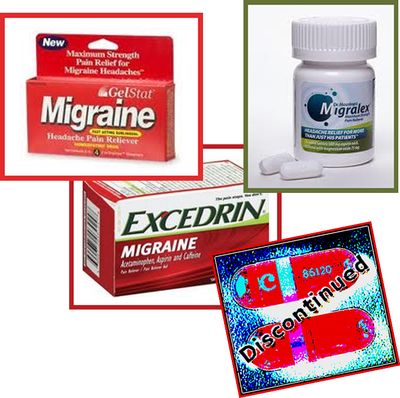
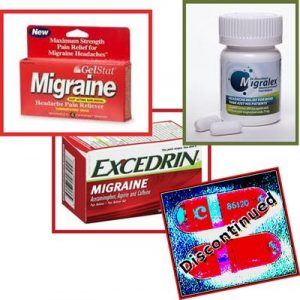 What direct connections there are we have no idea. But we do know a great deal of older bio-engineered drugs are no longer with us just as we are seeing a great deal of generics disappear in the past two years. Time will tell if this is experts clearing out the deadwood or bureaucracy being overly efficient, which often leads down a road of inefficiency turning left on ironically ally.
What direct connections there are we have no idea. But we do know a great deal of older bio-engineered drugs are no longer with us just as we are seeing a great deal of generics disappear in the past two years. Time will tell if this is experts clearing out the deadwood or bureaucracy being overly efficient, which often leads down a road of inefficiency turning left on ironically ally.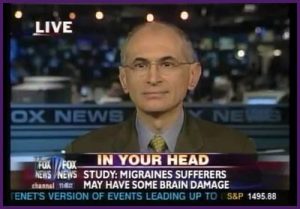
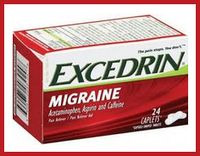 We can’t believe we are giving
We can’t believe we are giving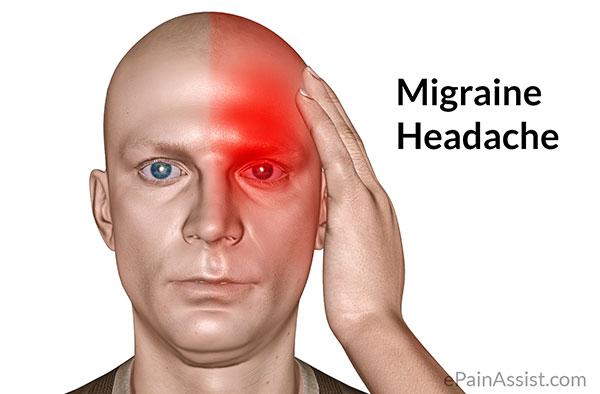
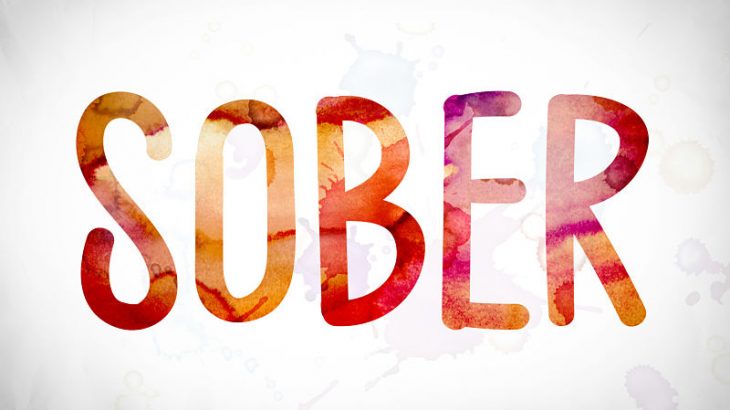
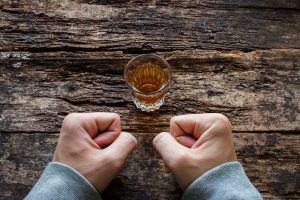 Whether dealing with alcohol addiction or substance abuse, local rehab centers are committed to helping you get your life back. This is done via proper nutritional guidance, along with personal counseling, group counseling, activities, and medicines that help the body and mind recover from substance abuse. Drug rehab centers feature compassionate and caring doctors, nurses, mental-health experts and staff. Each team member plays a key role in helping you cope and overcome your addiction. Form anxiety and depression to drugs and alcohol, each program is customized and designed specifically to help you tackle and defeat addiction!
Whether dealing with alcohol addiction or substance abuse, local rehab centers are committed to helping you get your life back. This is done via proper nutritional guidance, along with personal counseling, group counseling, activities, and medicines that help the body and mind recover from substance abuse. Drug rehab centers feature compassionate and caring doctors, nurses, mental-health experts and staff. Each team member plays a key role in helping you cope and overcome your addiction. Form anxiety and depression to drugs and alcohol, each program is customized and designed specifically to help you tackle and defeat addiction!